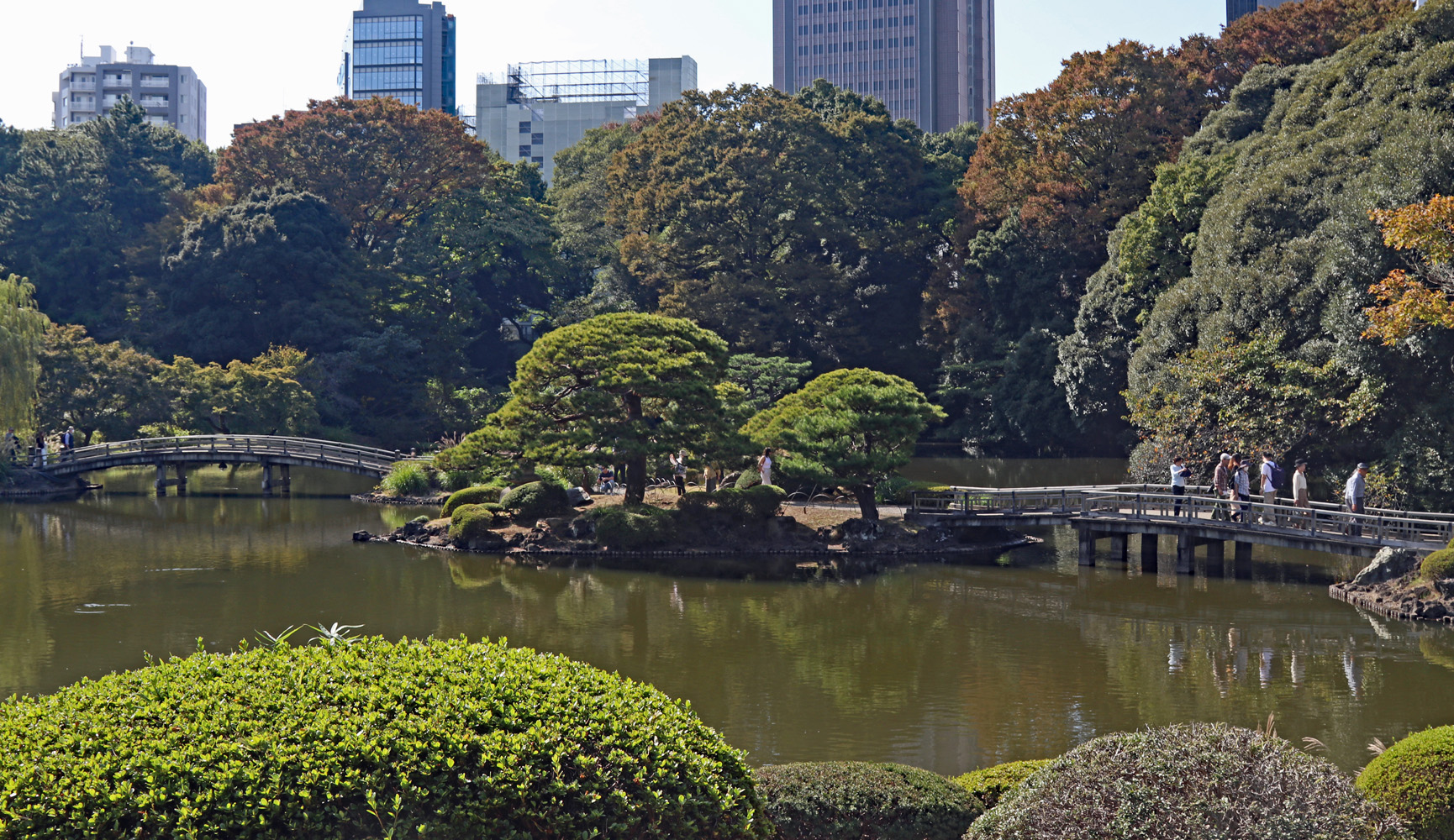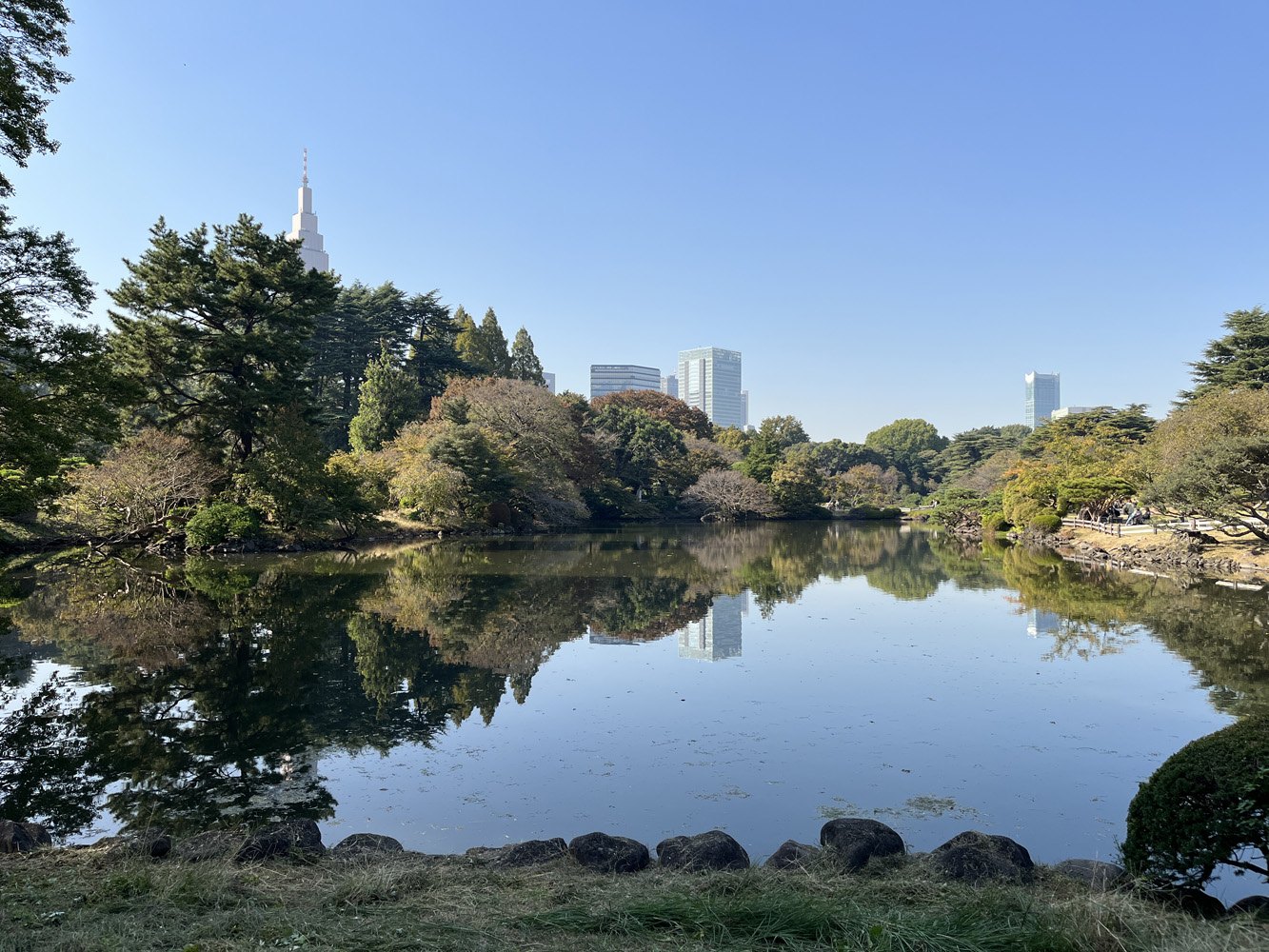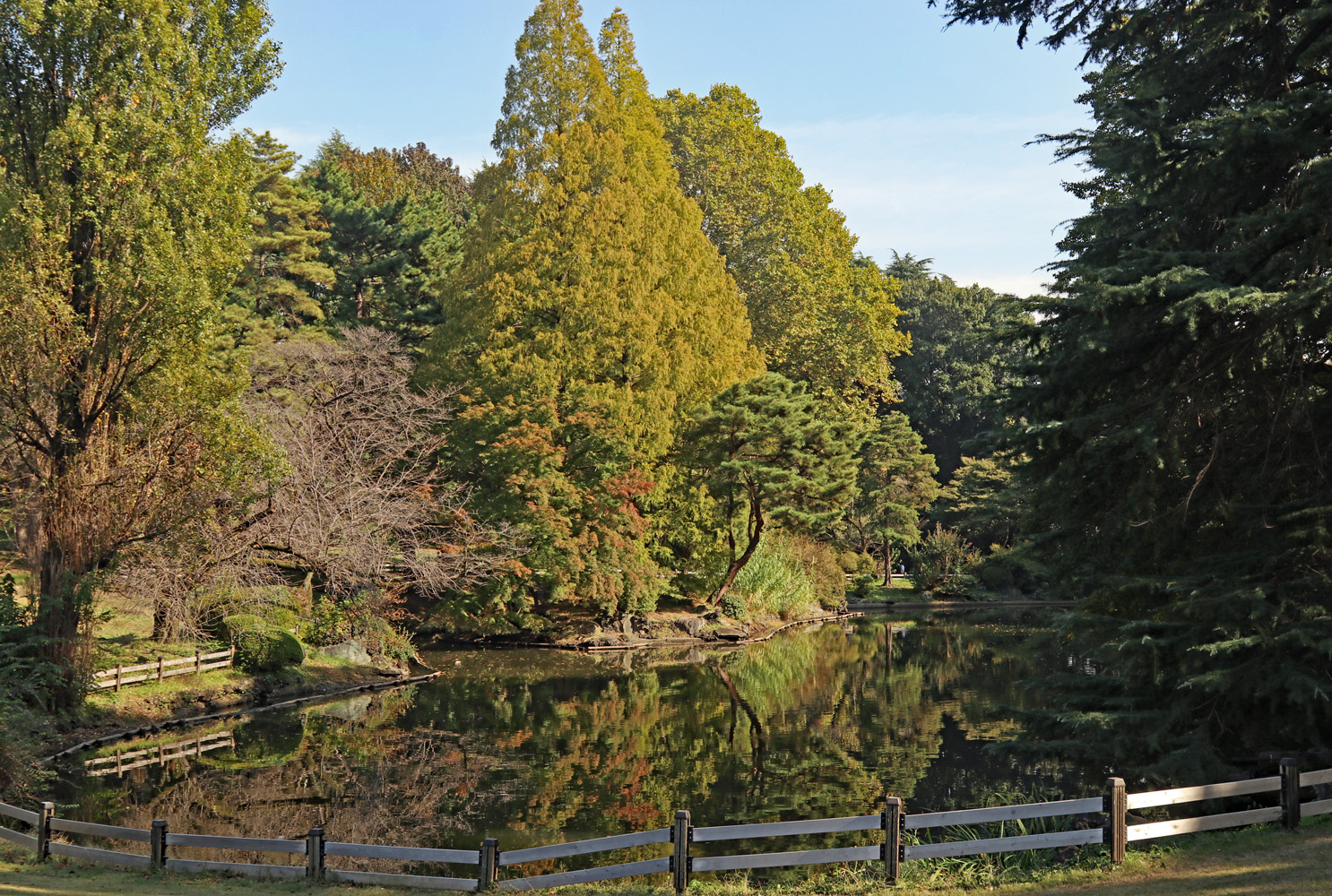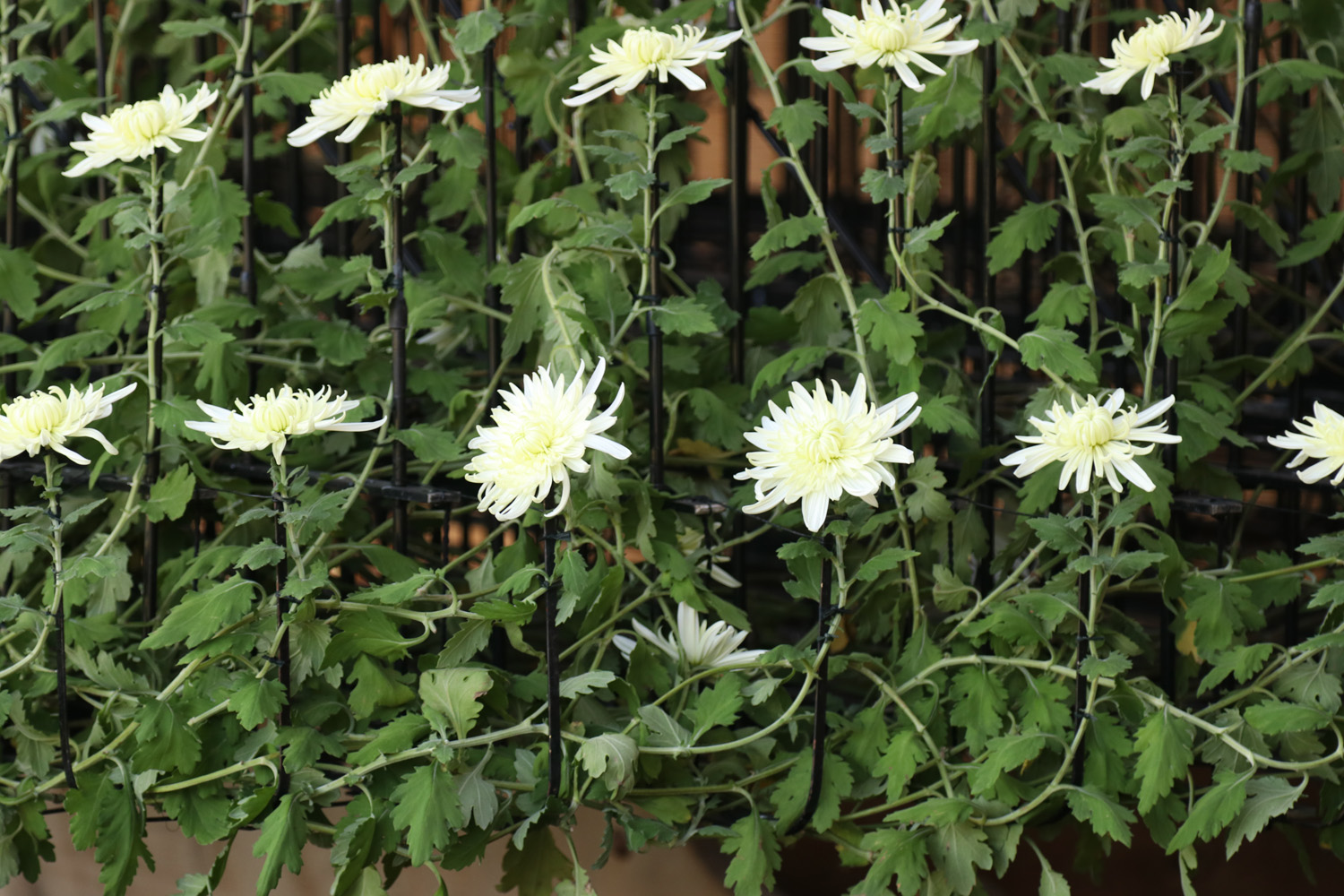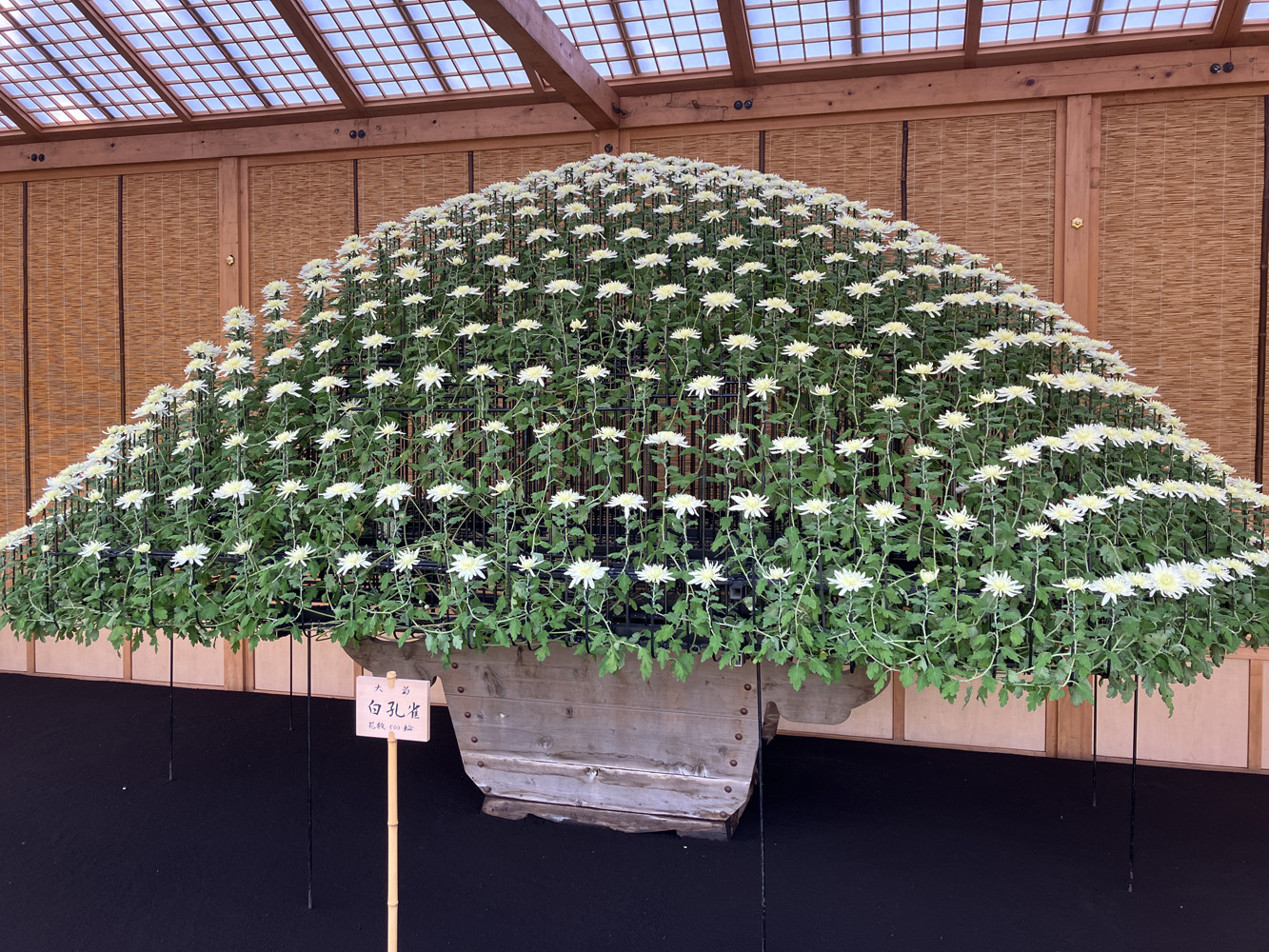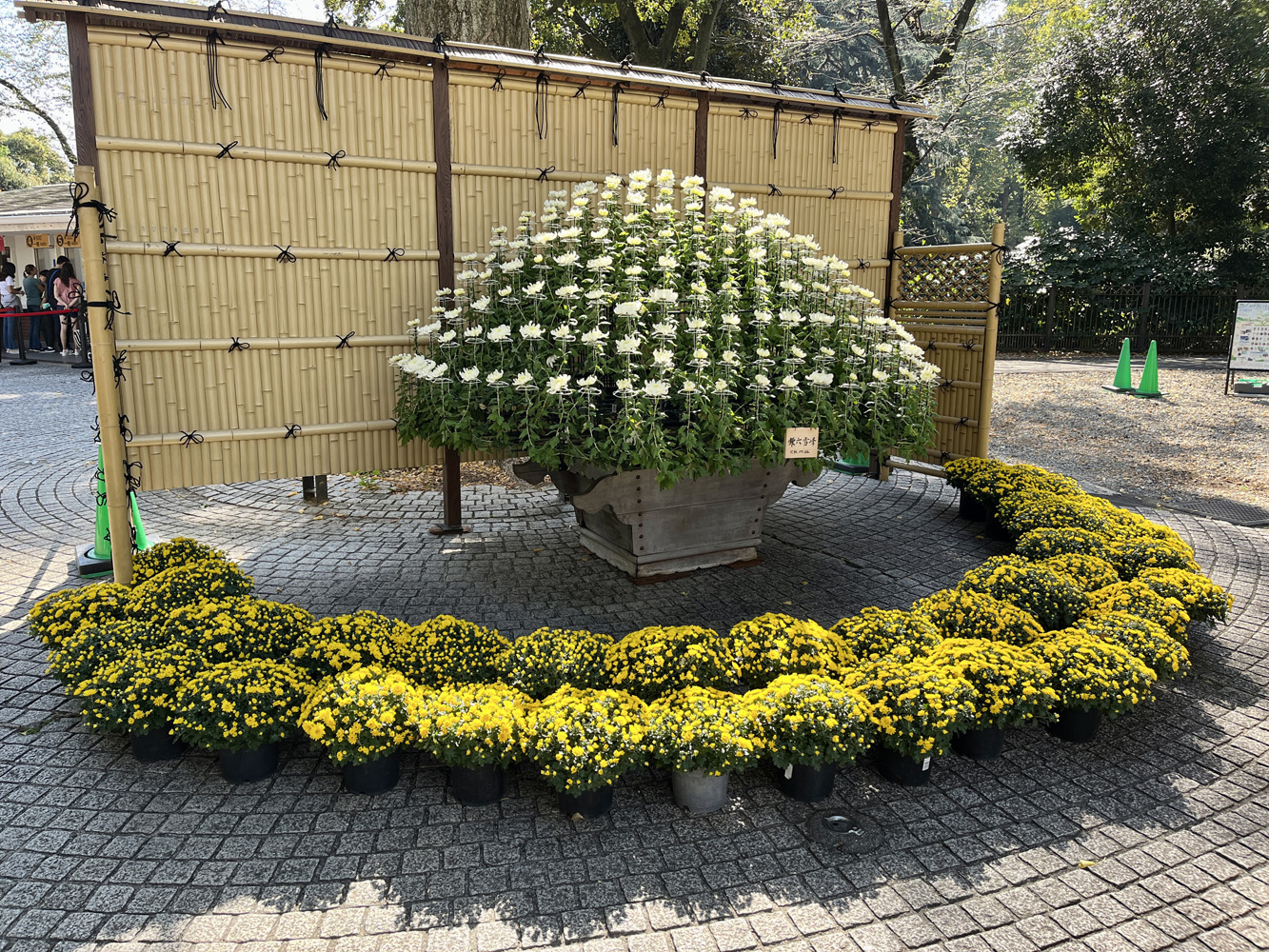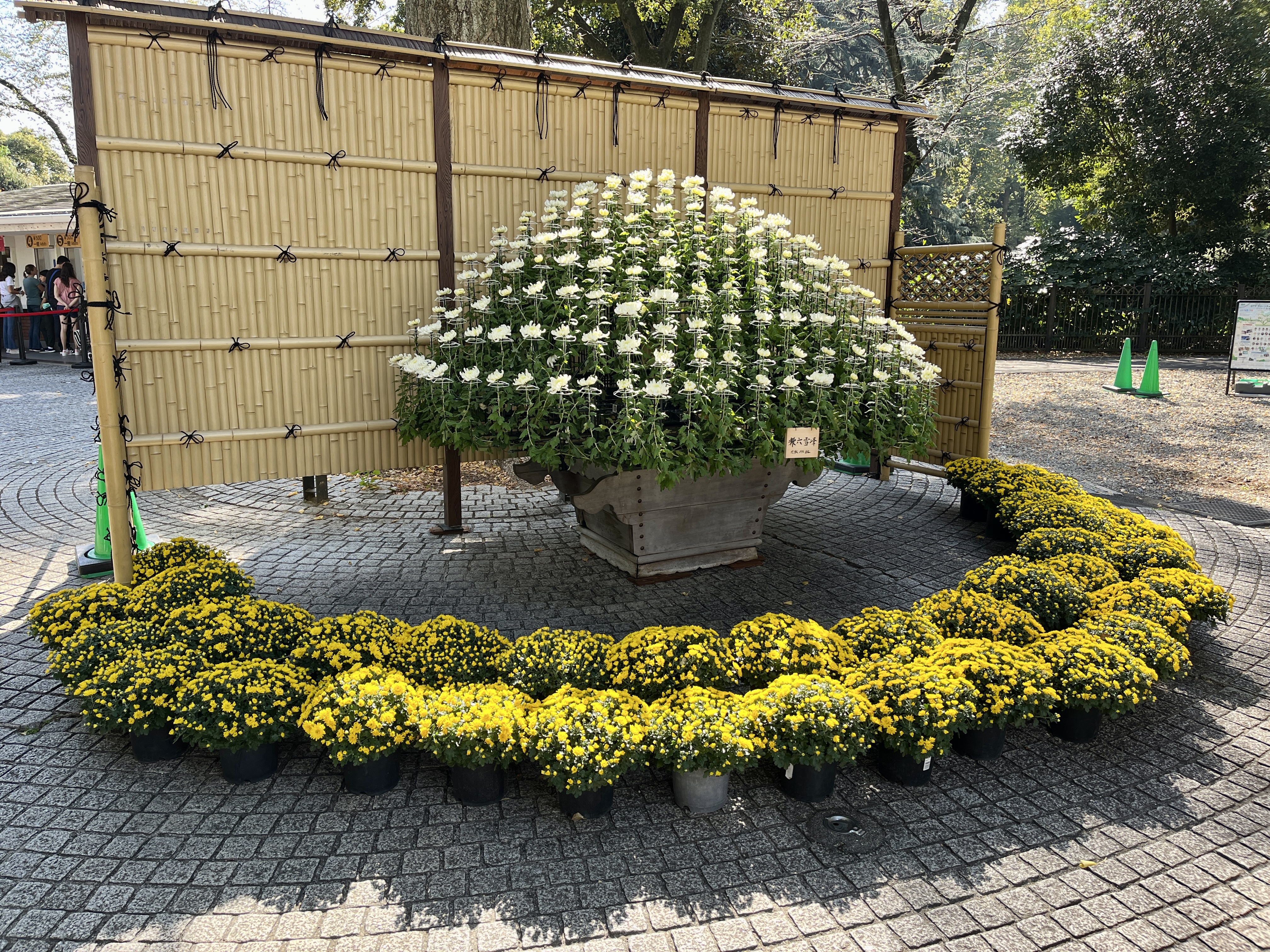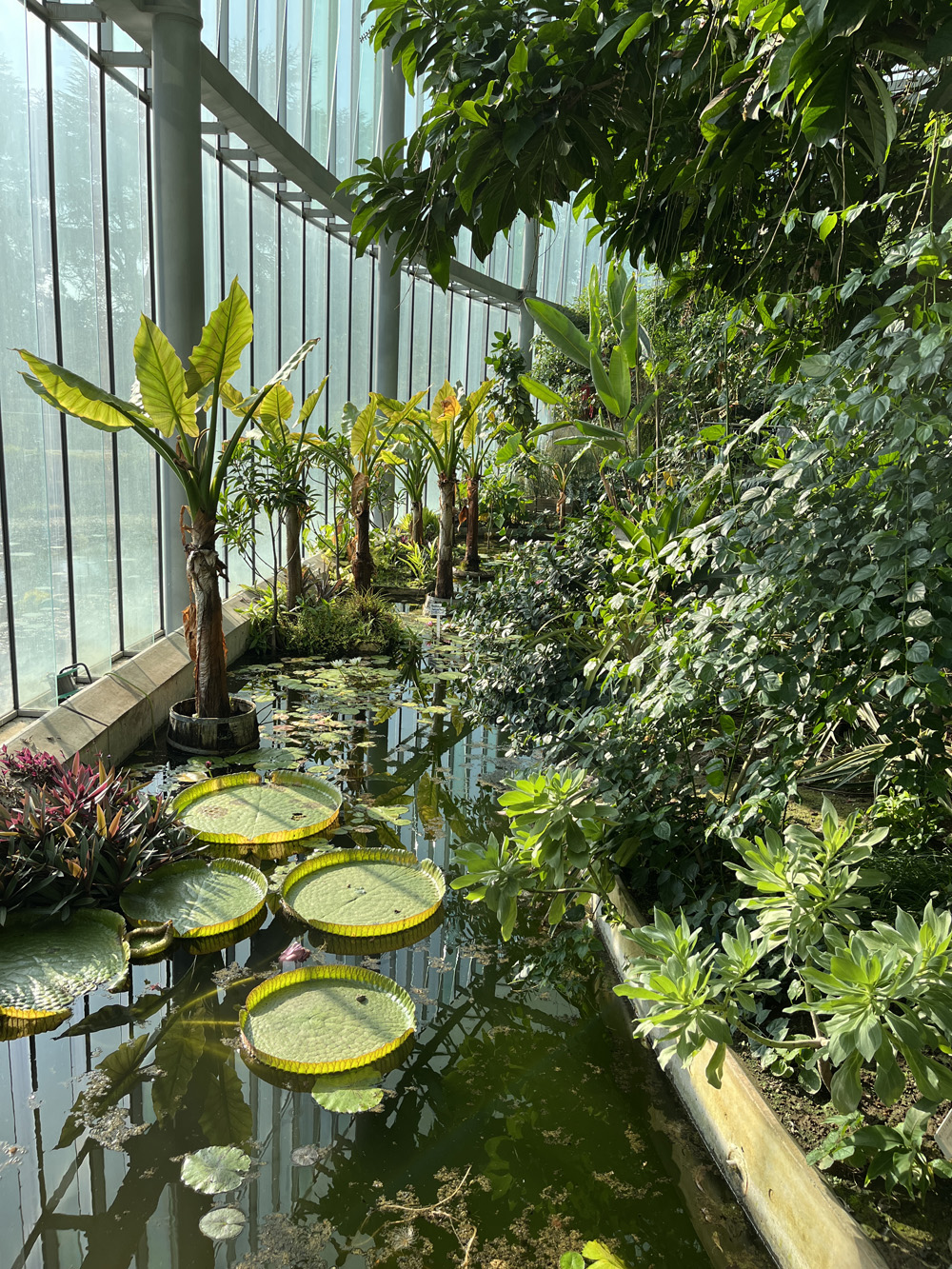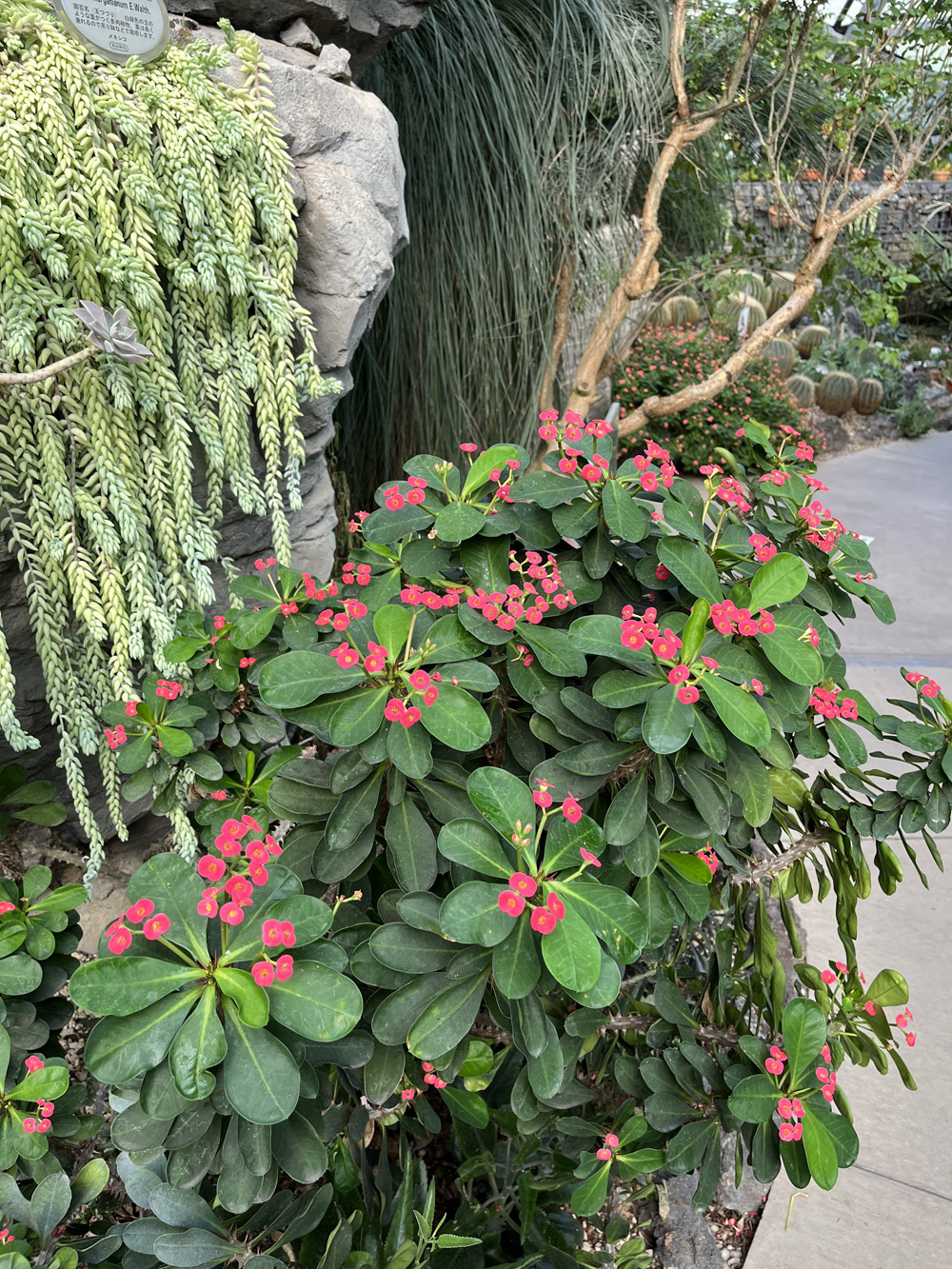Shinjuku Gyoen Garden
After Rikugien, our second stop of the day was the Shinjuku
Gyoen National Garden, which is also one of Tokyo’s top three gardens and very
popular. The garden was only a short walk from Shinjuku station with an
admission fee of only 500 yen (£2.70) each.
Shinjuku Gyoen has three
entrance gates, the Shinjuku Gate which we used is a ten minute walk east from
the new South Exit of the JR Shinjuku Station, or five minute’s walk from the
subway Shinjukugyoenmae station, with the Okido Gate also being a five minute
walk from this station. The Sendagaya Gate is a five minute walk from the JR
Sendagaya Station.
This garden was more in a park style and very large, but with different themed garden situated within it, making it very interesting and different from the other Japanese gardens we have visited. So, with our garden map in hand, we went exploring!
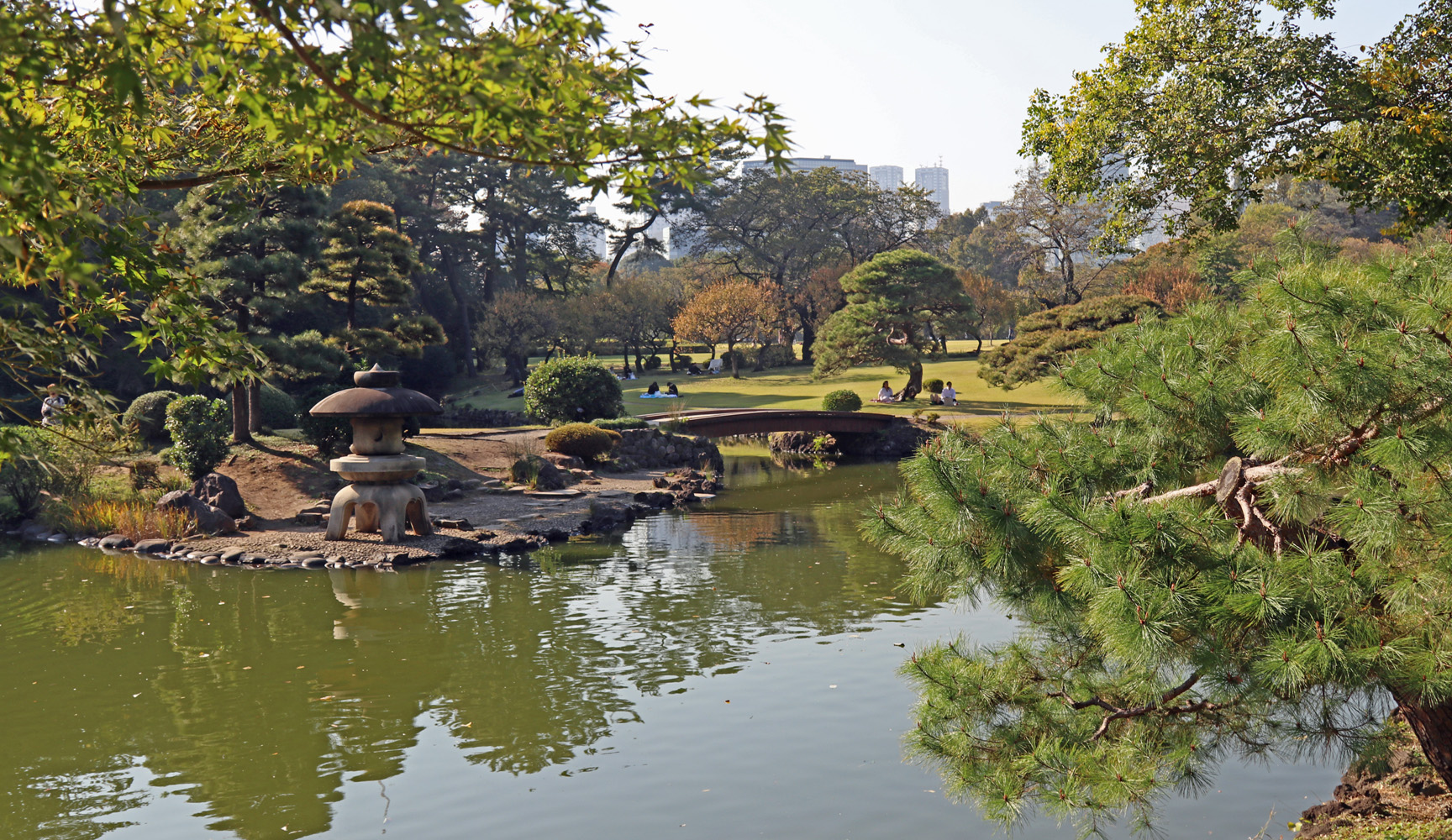
The present site of Shinjuku
Gyoen was originally one part of Edo residence of the Lord Naito. In the Meiji
era, it became an agricultural experiment area, and then in 1906 it was made
into an imperial garden. In 1949, it was opened to the public as a national
garden. As mentioned, the garden features three different themes, a landscape
garden, formal garden, and a Japanese traditional garden.
The park area of the garden consists of a spacious lawned areas with winding paths and peaceful areas, it was clear why it was popular and well attended by the locals, as it created a nice green space of people to escape the busy city. Helped by the whole park being surround by trees. The large green spaces are unusual to see in a garden in Japan too.
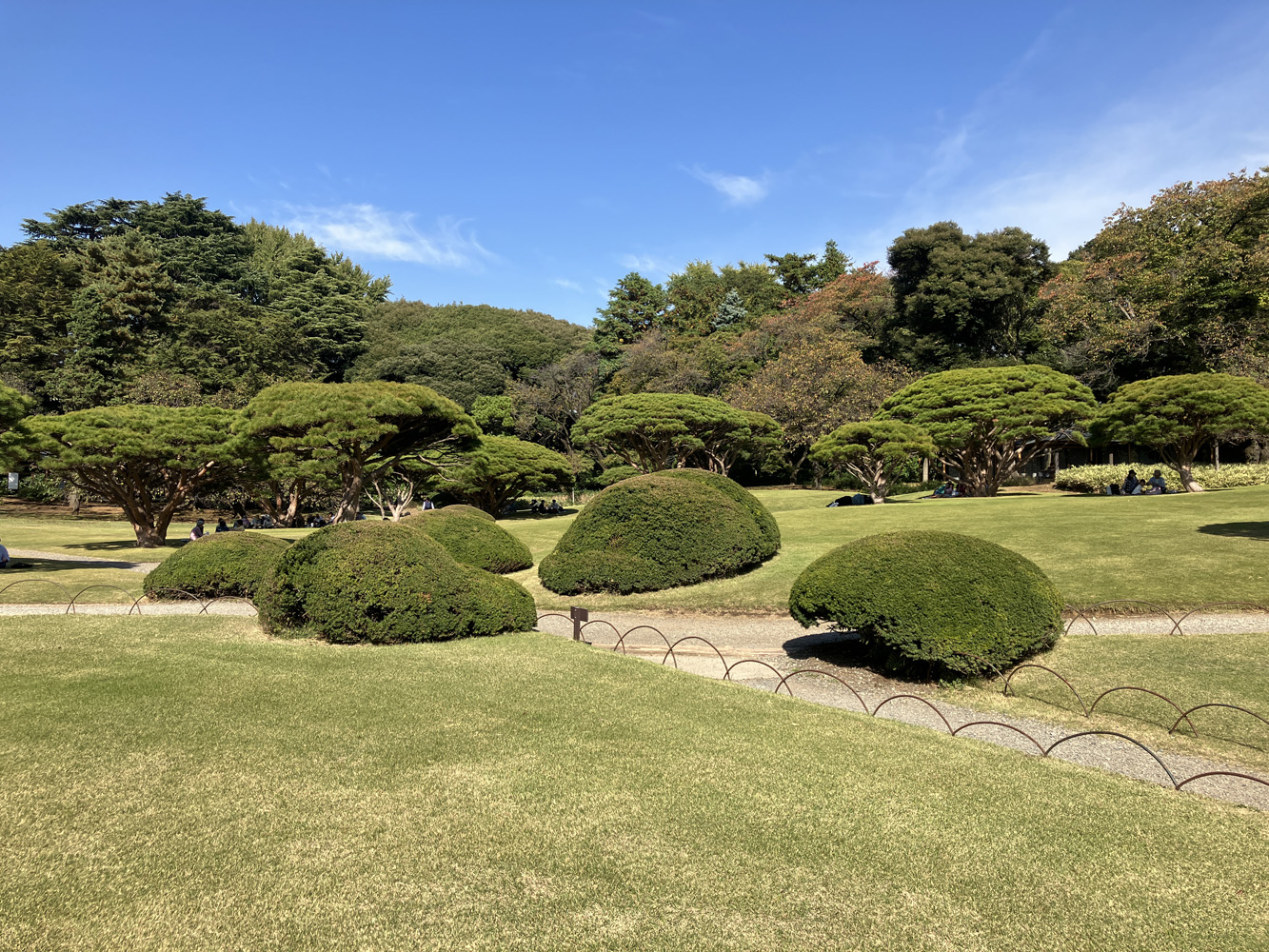
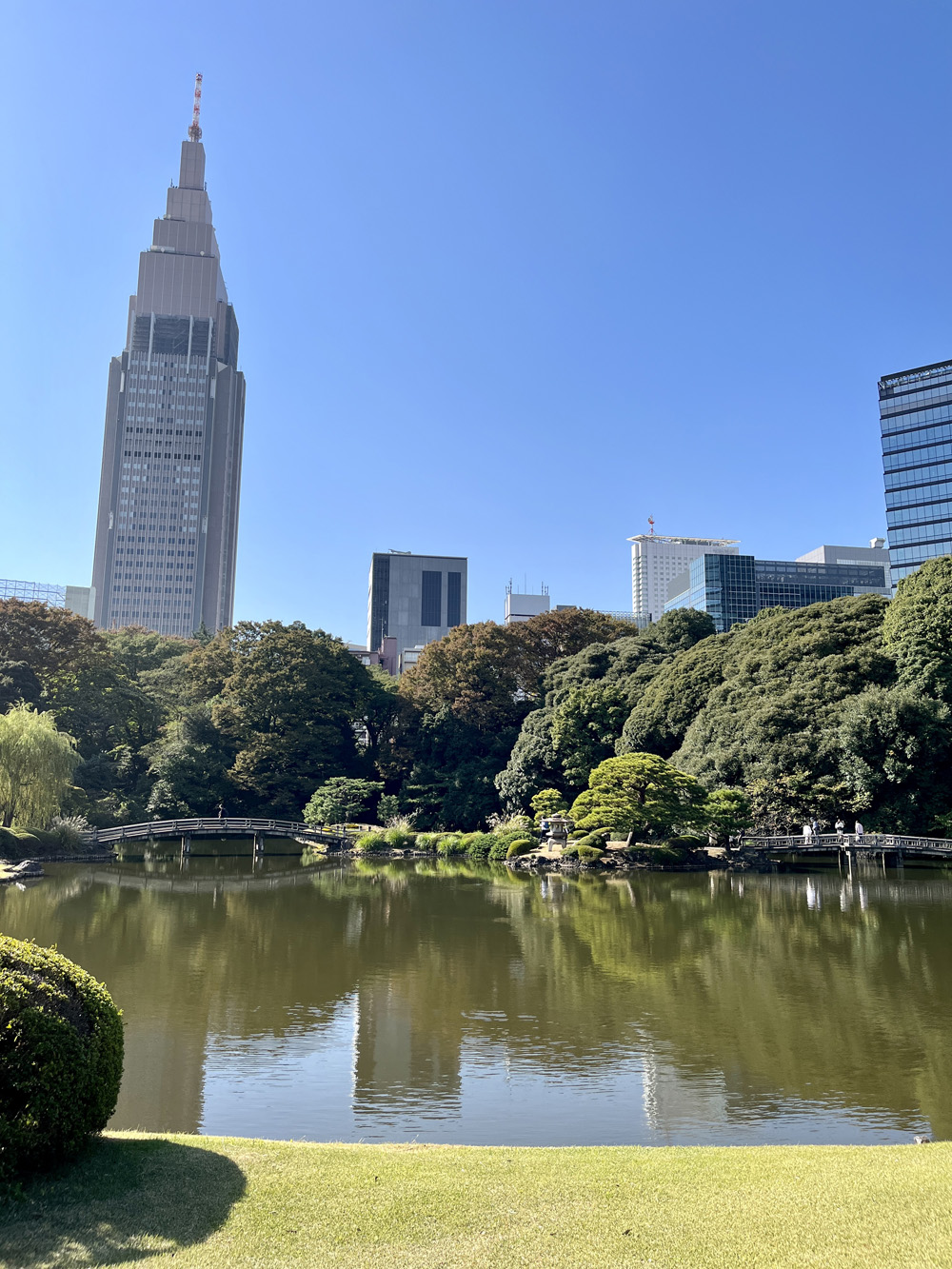
Shinjuku Gyoen was created during the Edo Period (1603-1868) as a Tokyo residence for a feudal lord. The garden was later converted into a botanical garden before being given to the Imperial family in 1903, who then used it for entertaining guests. The garden was rebuilt and reopened in 1949 as a public park.
As mentioned, the park contains three different
types of gardens, we started with the Japanese landscaped garden. The garden
was stunning featuring larges pond with islands, bridges and beautiful pruned
shrubs and trees.
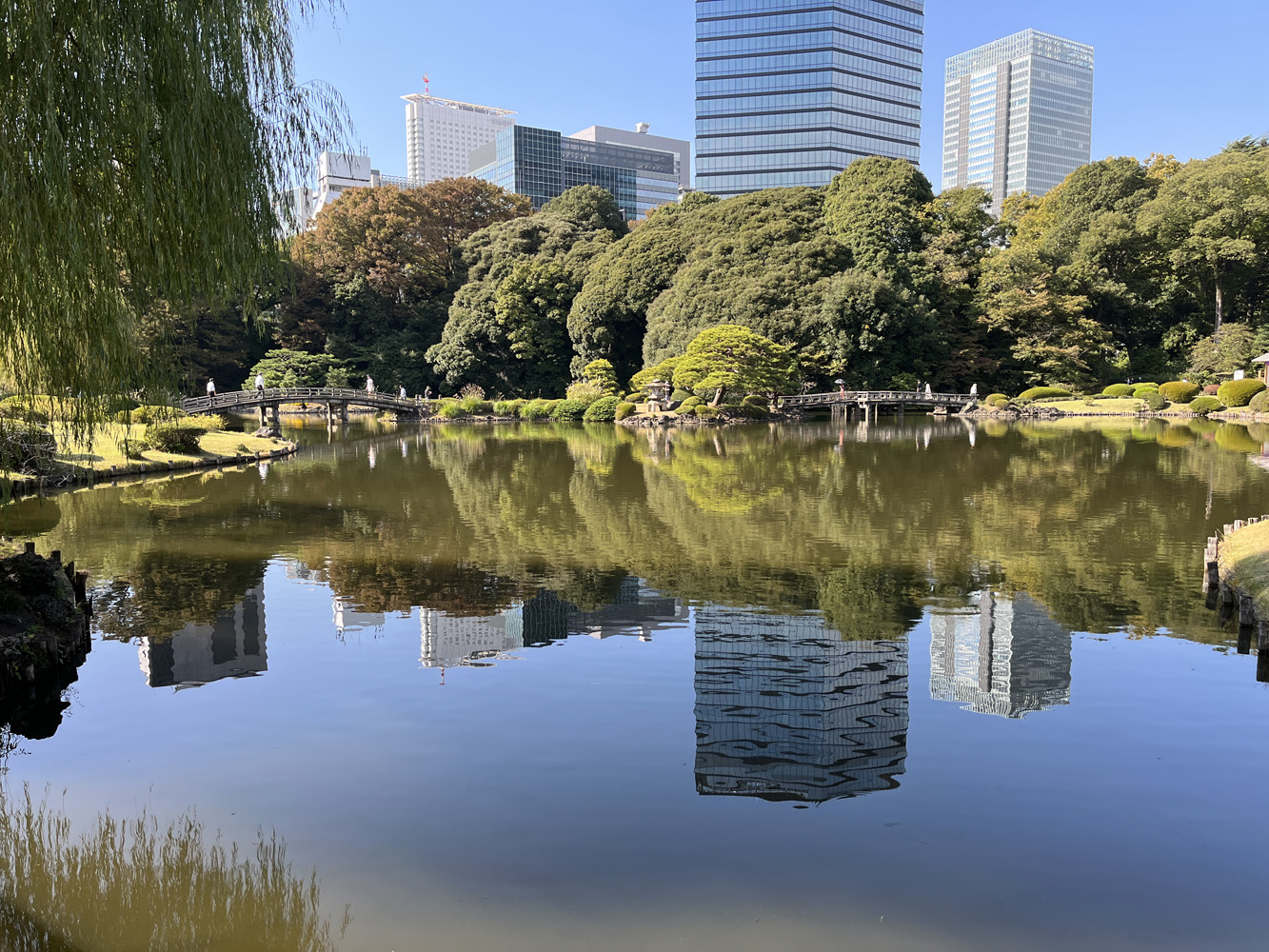
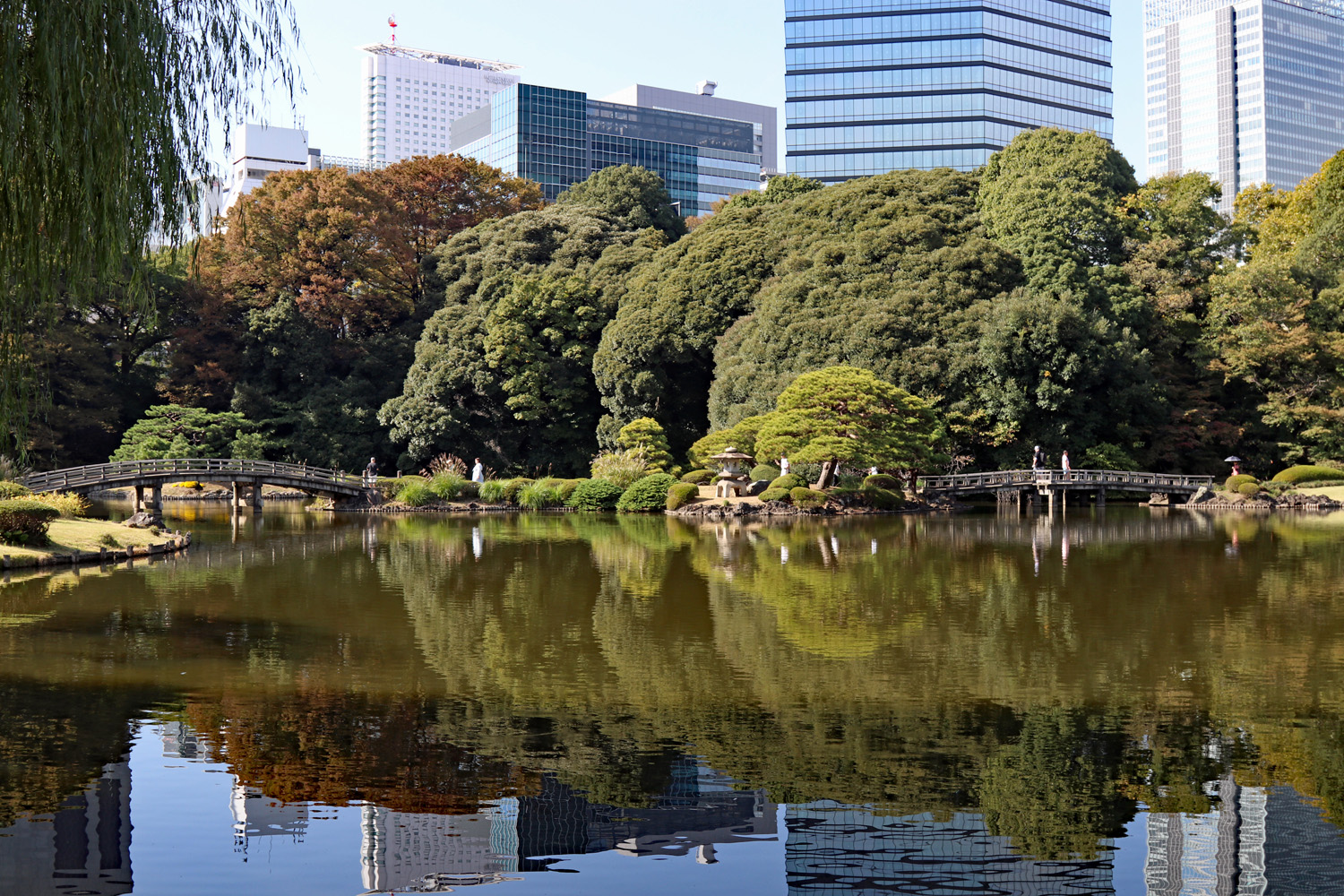
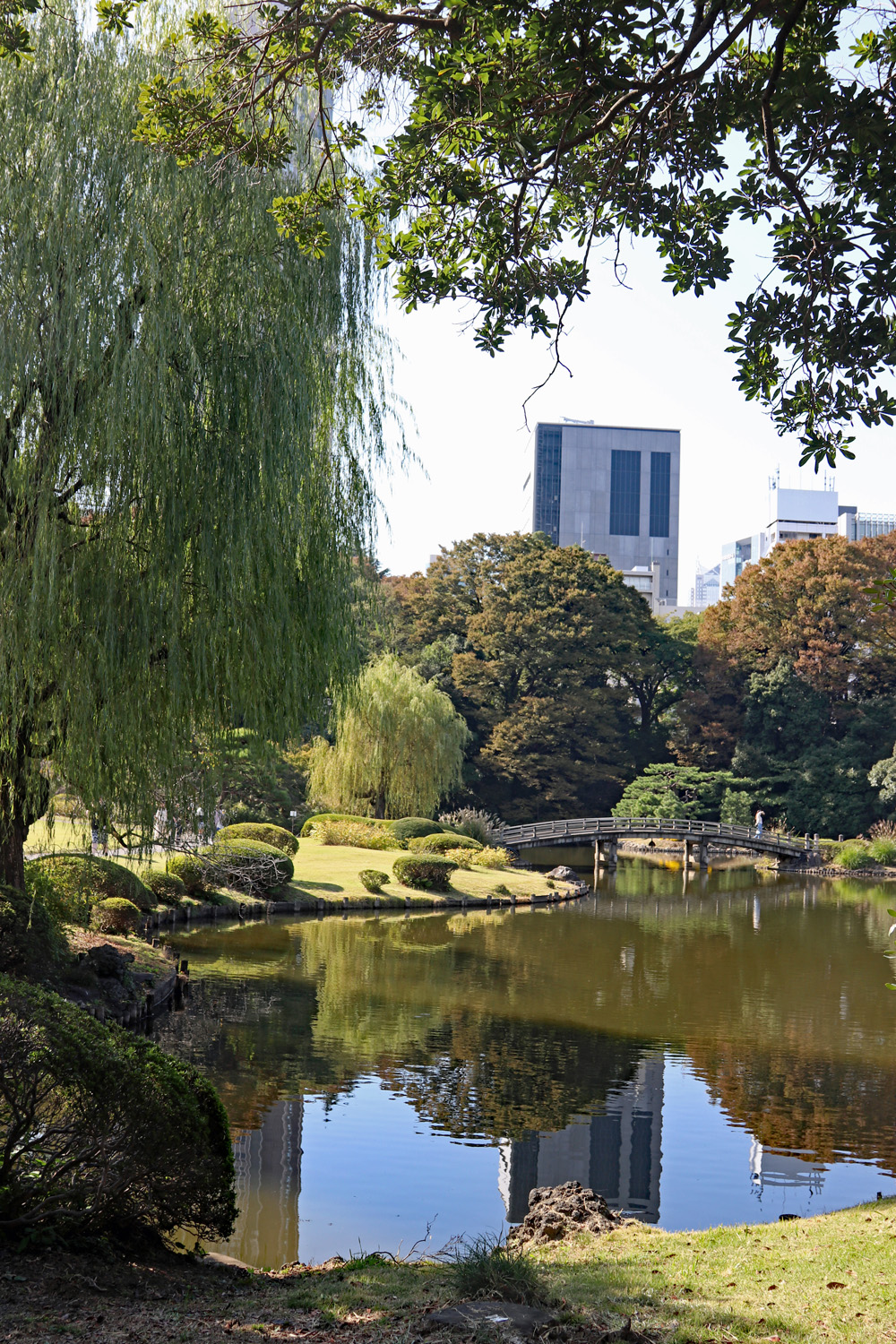
There are several pavilions surrounding the ponds, with the main Taiwan Pavilion or Kyu Goryotei being built for the wedding of the Showa Emperor. This garden was oldest of the three, and amazing. Being quite large and taking up about half of Shinjuku Gyoen it took us awhile to walk around the garden. In the Japanese garden we were also lucky to catch the stunning chrysanthemum displays.
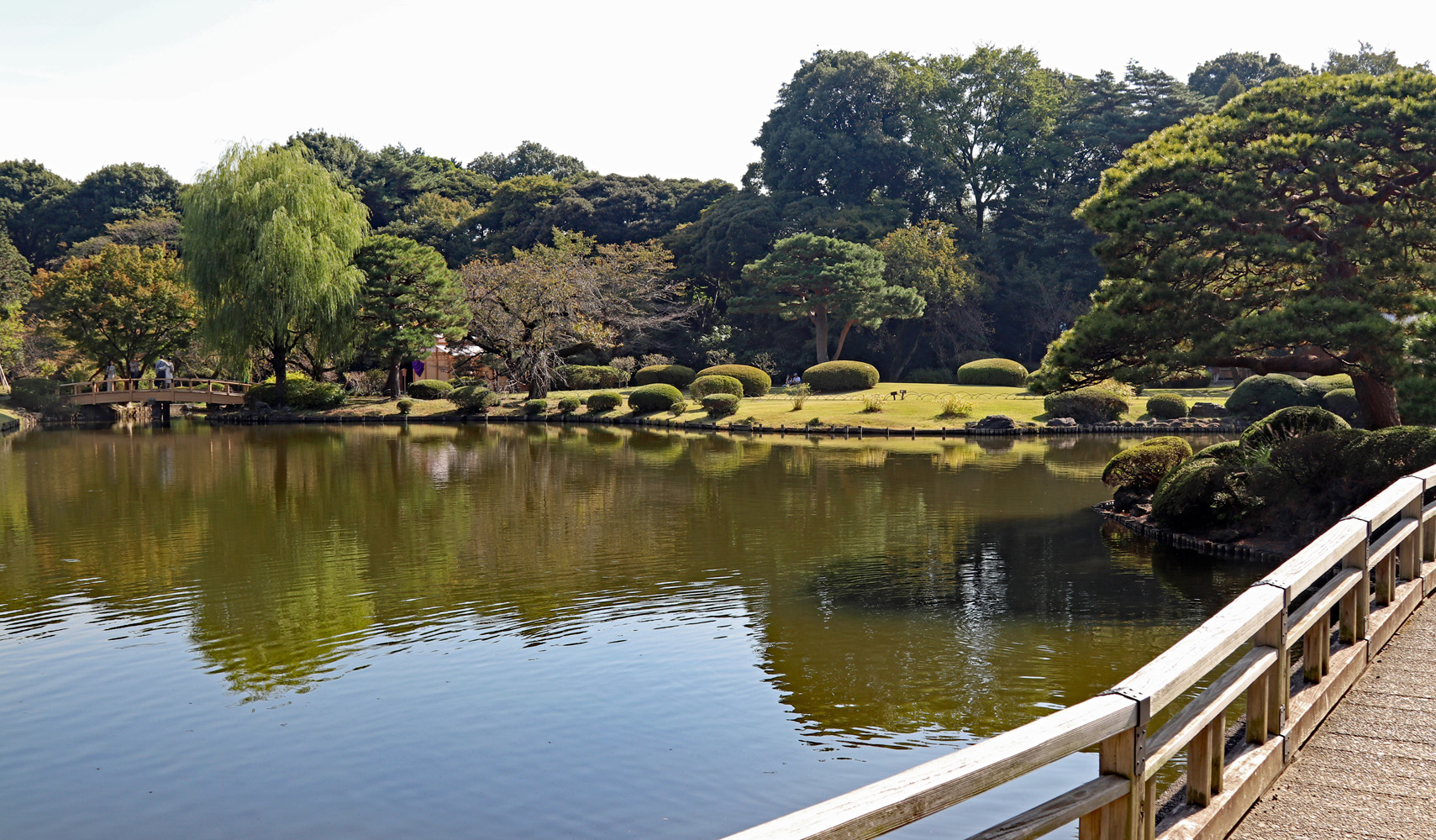
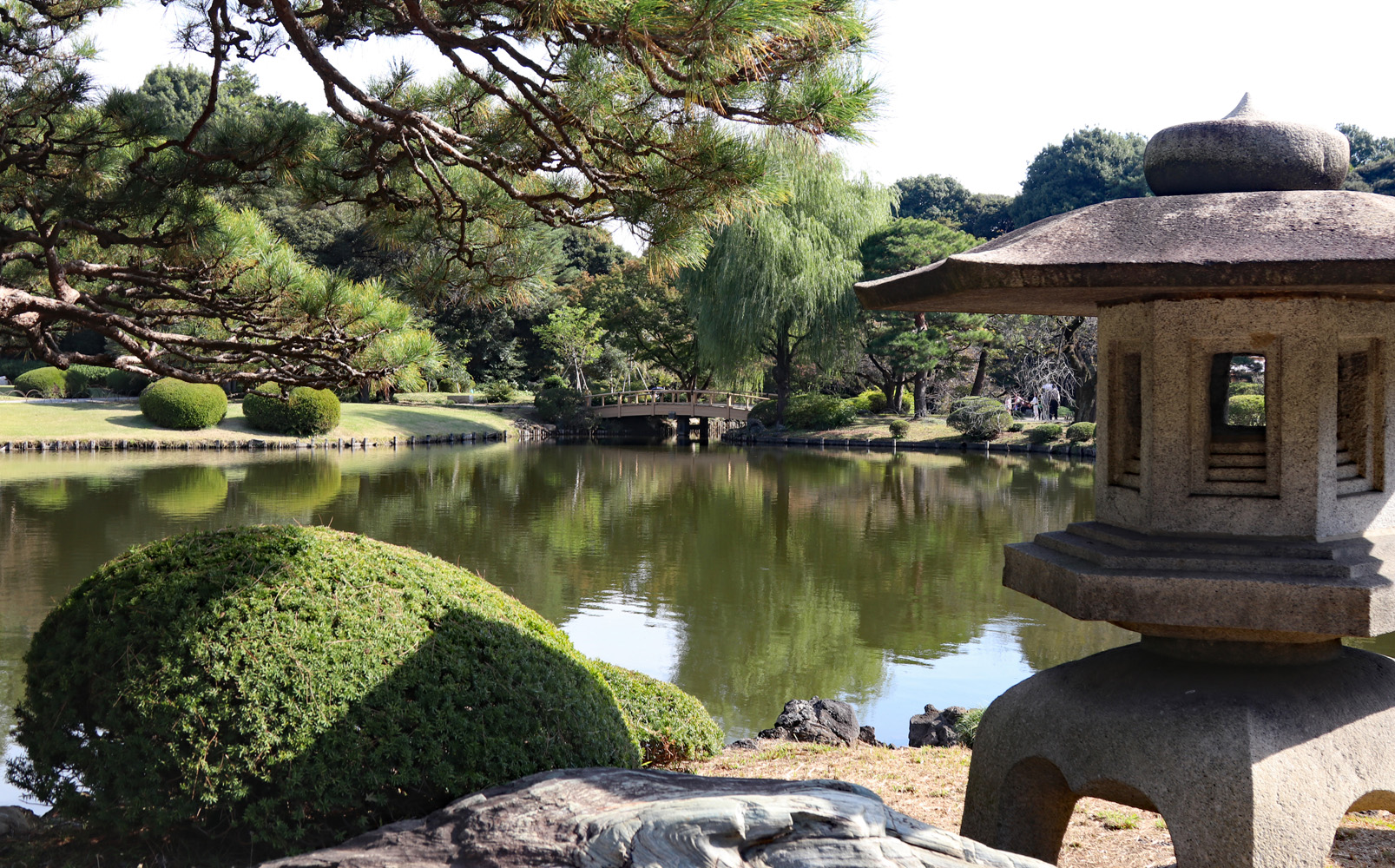
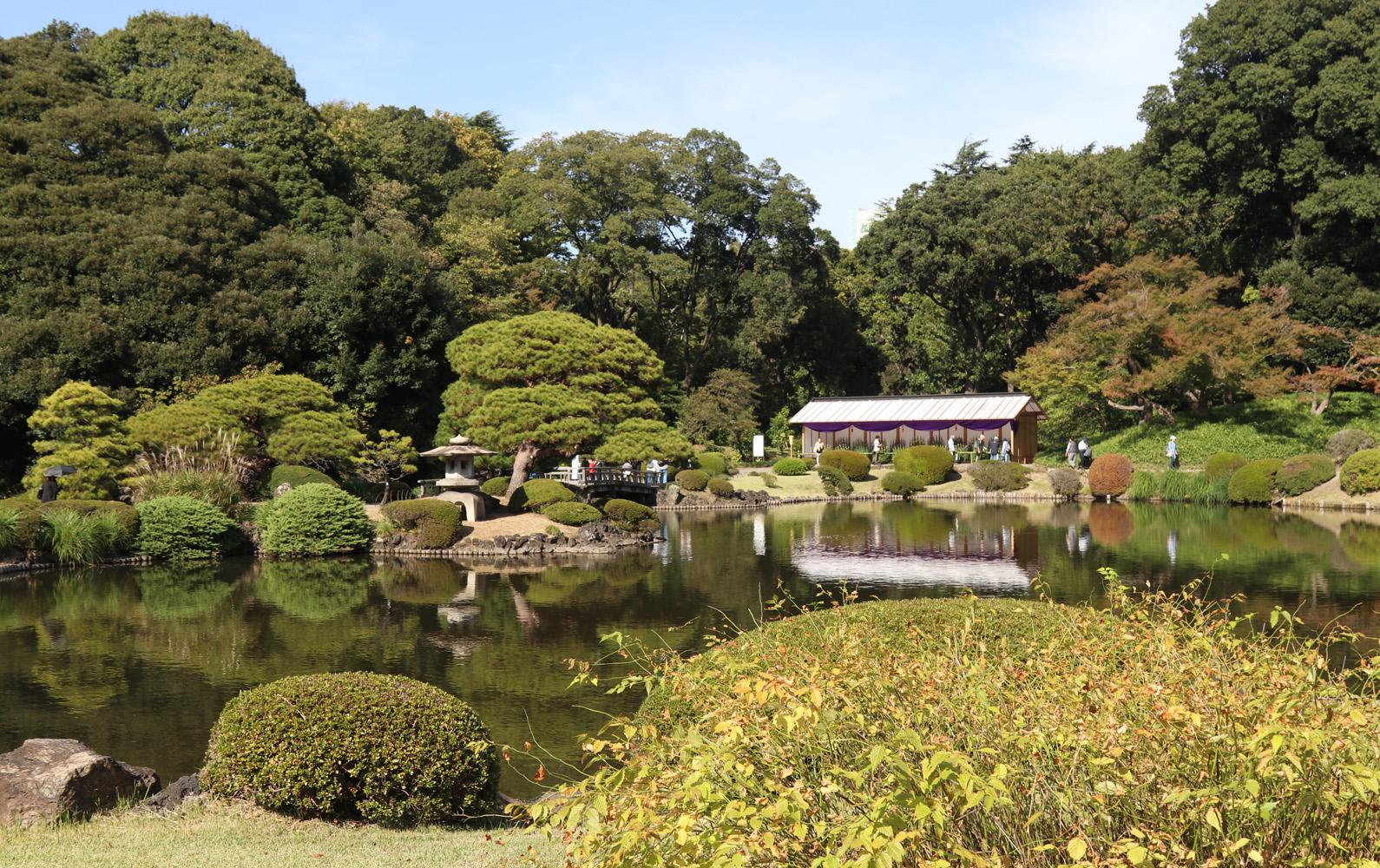
The present site of Shinjuku
Gyoen was originally one part of Edo residence of the Lord Naito. In the Meiji
era, it became an agricultural experiment area, and then in 1906 it was made
into an imperial garden. In 1949, it was opened to the public as a national
garden. As mentioned, the garden features three different themes, a landscape
garden, formal garden, and a Japanese traditional garden.

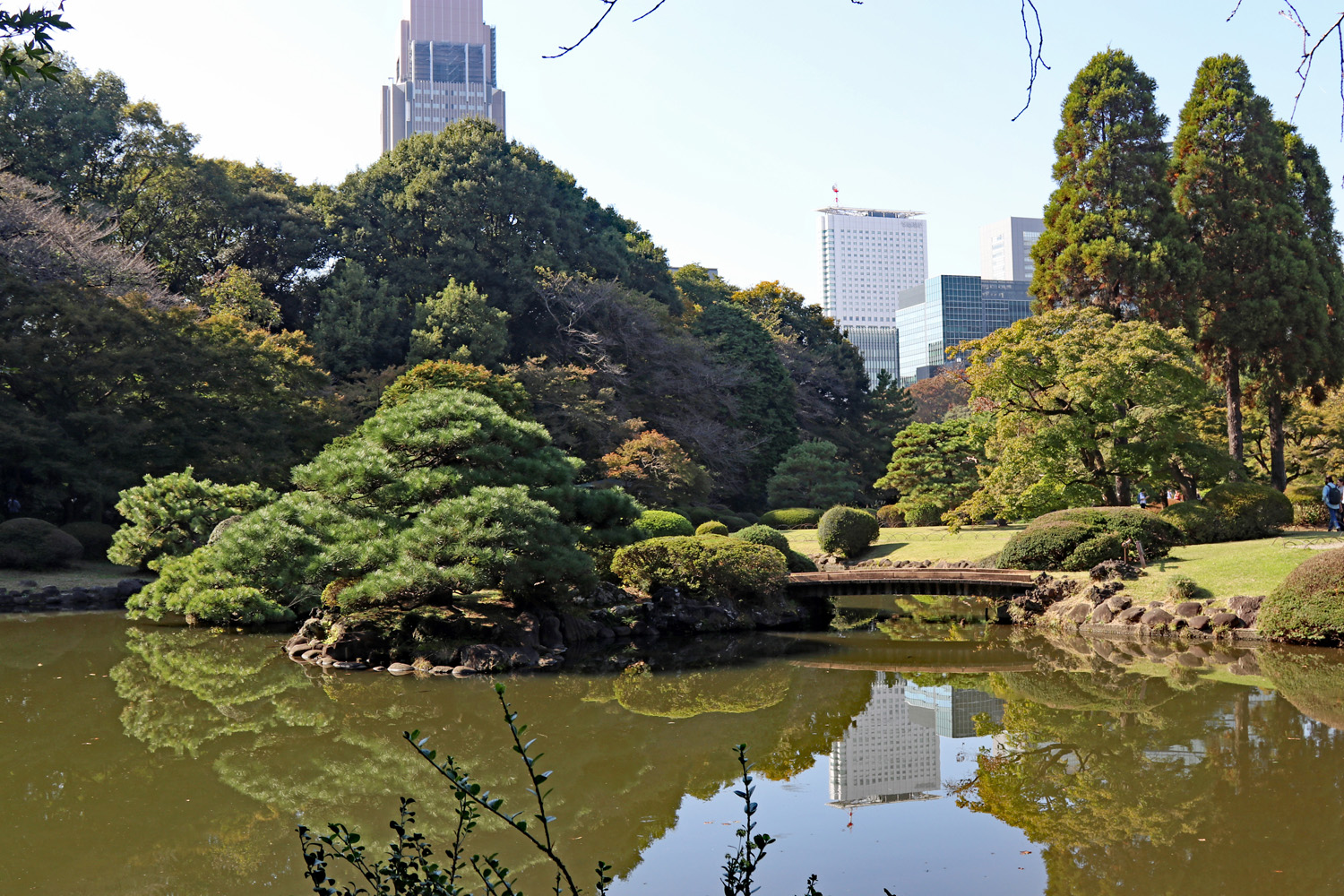
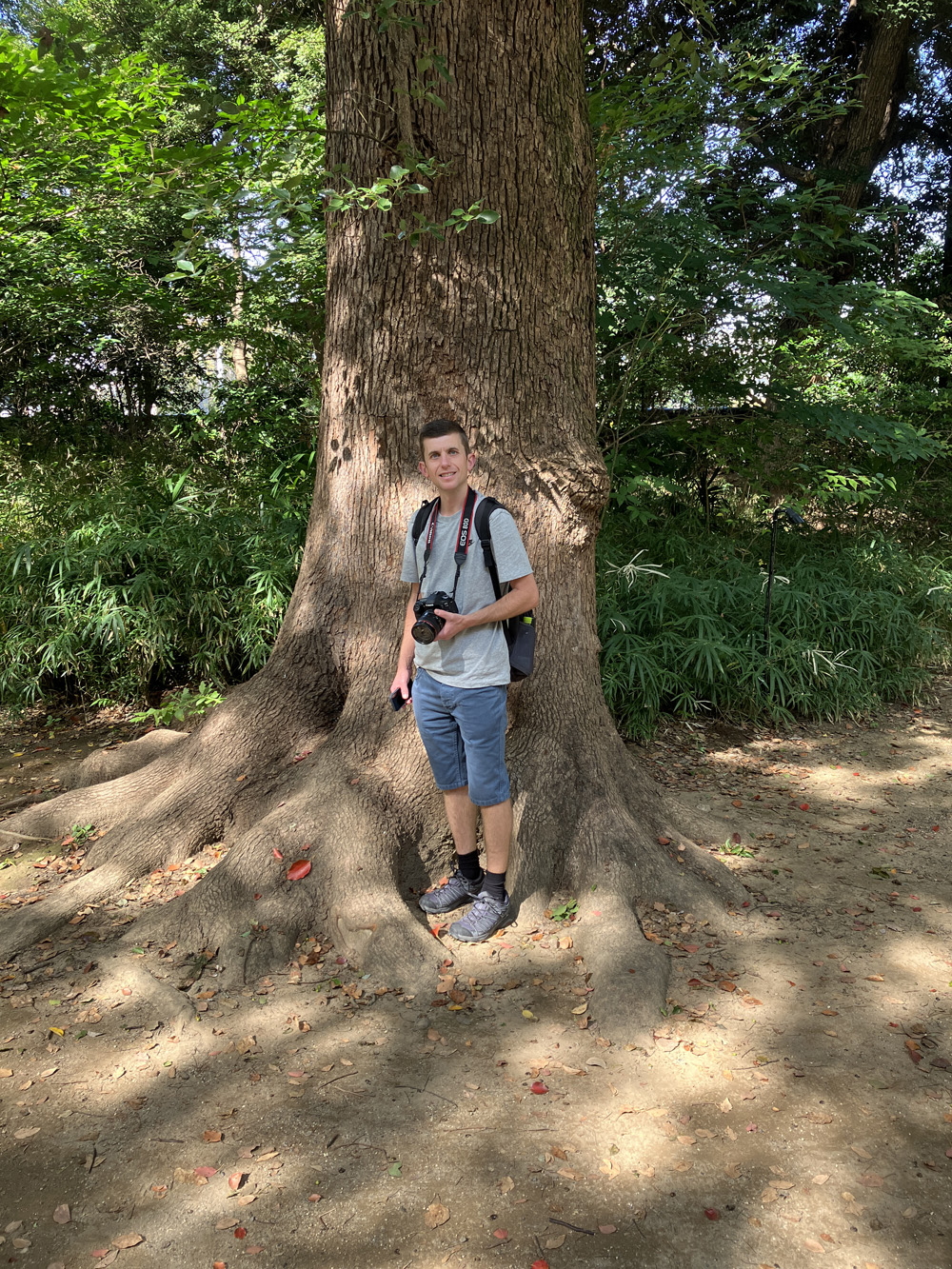
The park area of the garden consists of a spacious lawned areas with winding paths and peaceful areas, it was clear why it was popular and well attended by the locals, as it created a nice green space of people to escape the busy city. Helped by the whole park being surround by trees. The large green spaces are unusual to see in a garden in Japan too.


Shinjuku Gyoen was created during the
Edo Period (1603-1868) as a Tokyo residence for a feudal lord. The garden was
later converted into a botanical garden before being given to the Imperial
family in 1903, who then used it for entertaining guests. The garden was
rebuilt and reopened in 1949 as a public park.
As mentioned, the park contains three different
types of gardens, we started with the Japanese landscaped garden. The garden
was stunning featuring larges pond with islands, bridges and beautiful pruned
shrubs and trees.
There are several pavilions surrounding the ponds, with the main Taiwan Pavilion or Kyu Goryotei being built for the wedding of the Showa Emperor. This garden was oldest of the three, and amazing. Being quite large and taking up about half of Shinjuku Gyoen it took us awhile to walk around the garden. In the Japanese garden we were also lucky to catch the stunning chrysanthemum displays.
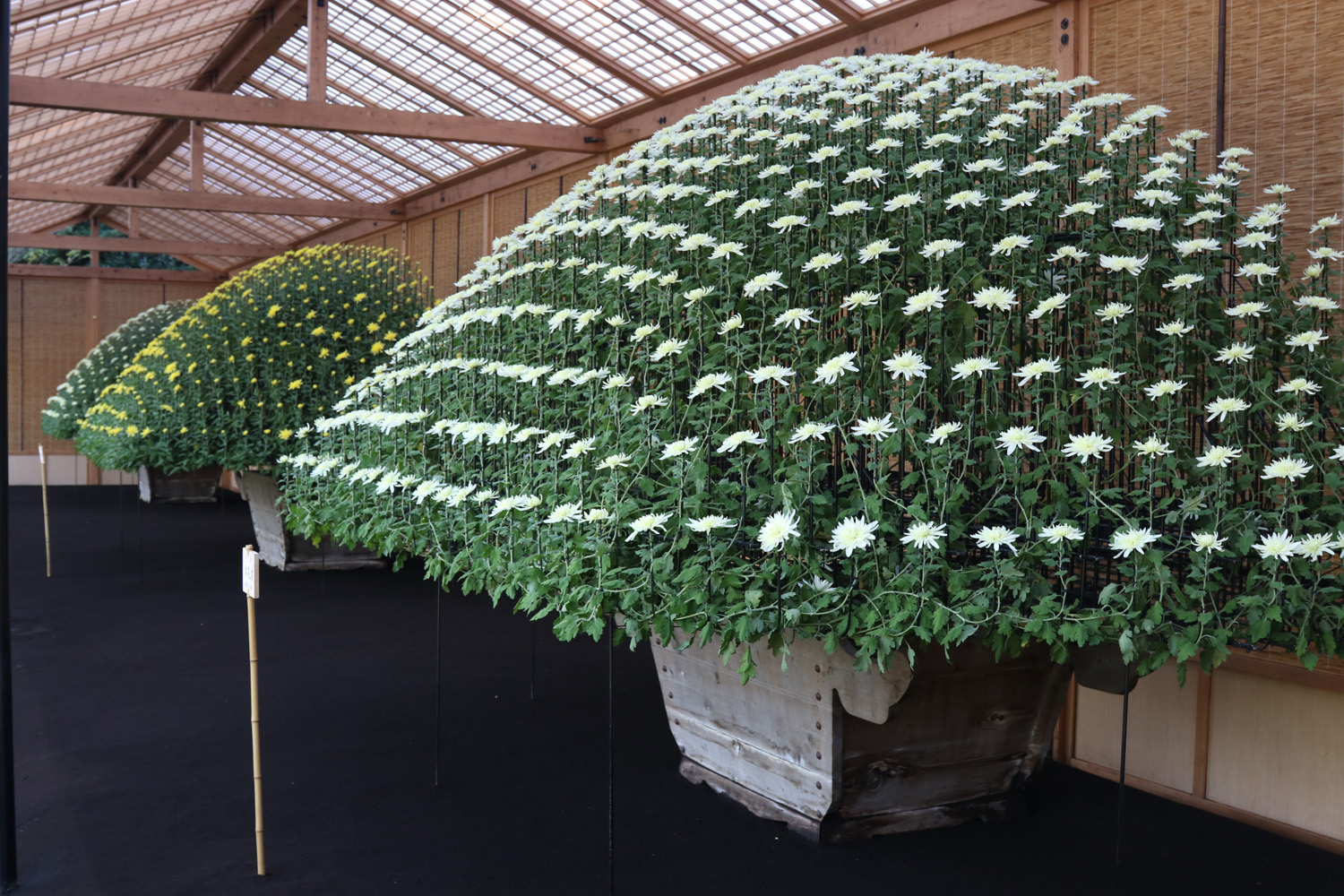
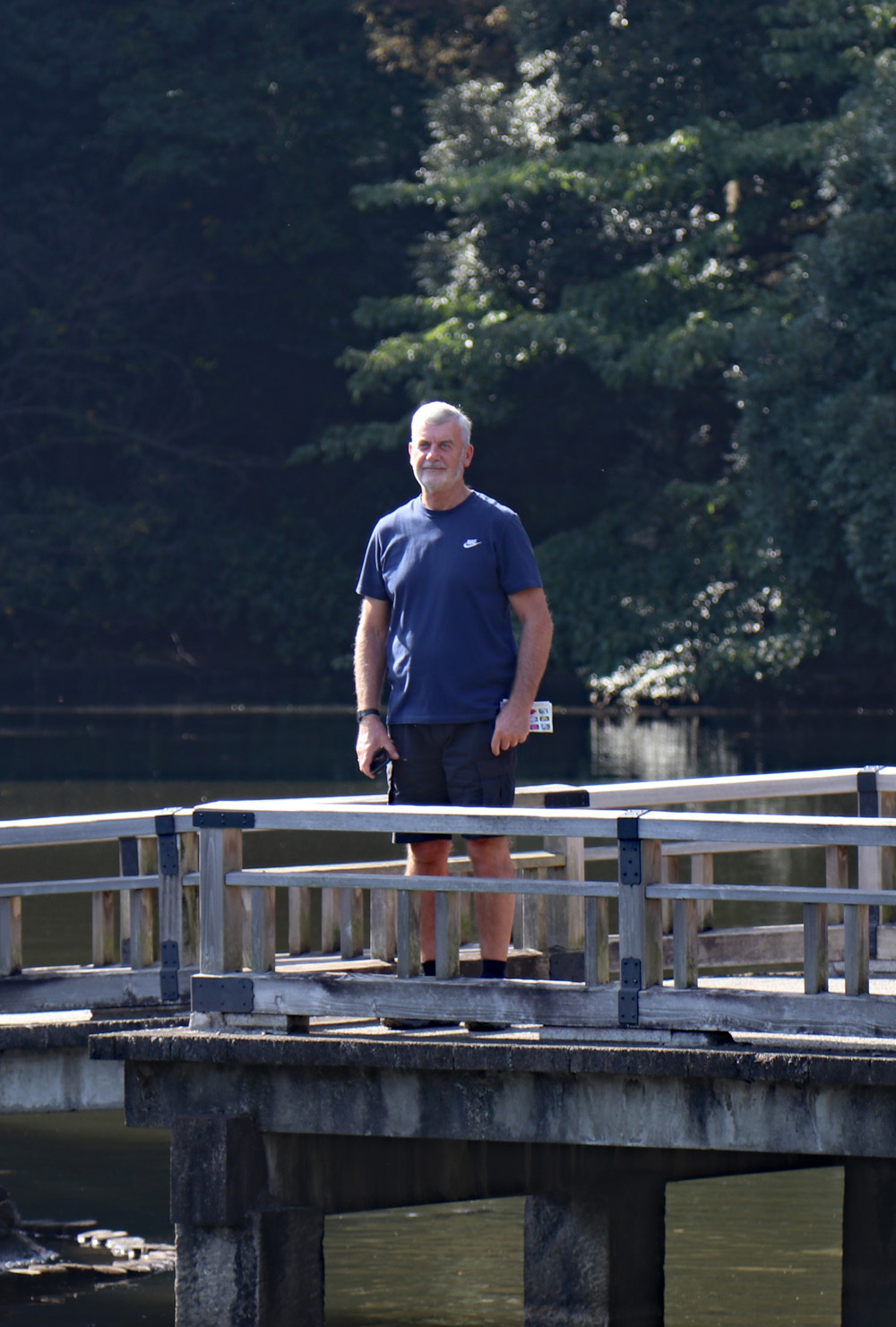

From the Japanese garden we then entered the Formal Garden which was very British in design with an avenue of London Plane trees and a rose garden in the centre, certainly something we’ve not used to seeing in Japan! Apart from the lovely weather, almost felt like home! This garden then flowed into the large, landscaped garden which consisted of large lawned areas surround by a large number of cherry trees, more than 400, which must look stunning in the spring when in flower, and a popular Hanami spot.
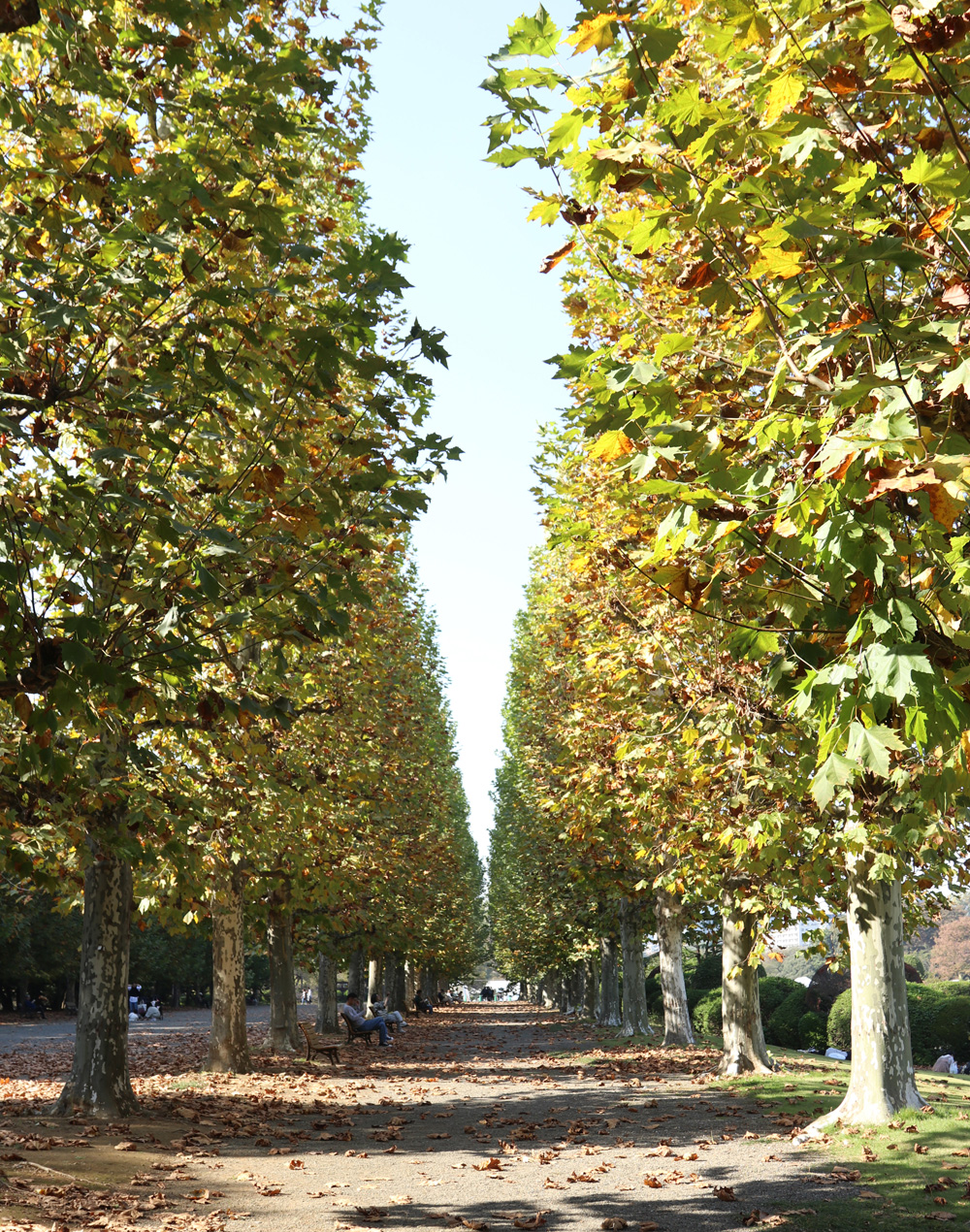
At the north side of the landscaped garden there is also a large botanical tropical domed greenhouse, which again is unusual to see, and so it was interesting to have a explore inside and see the tropical and subtropical plants and flowers.
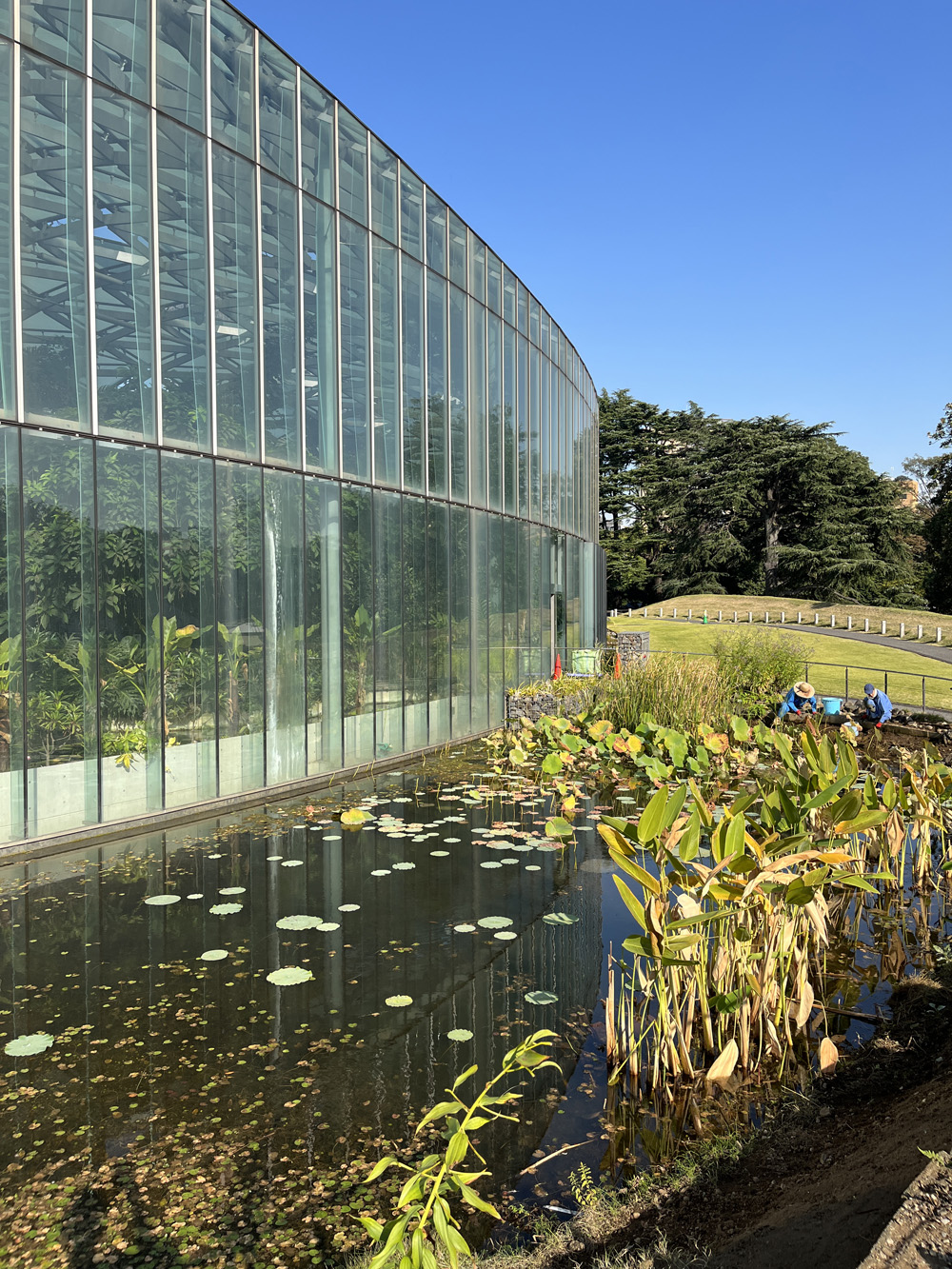
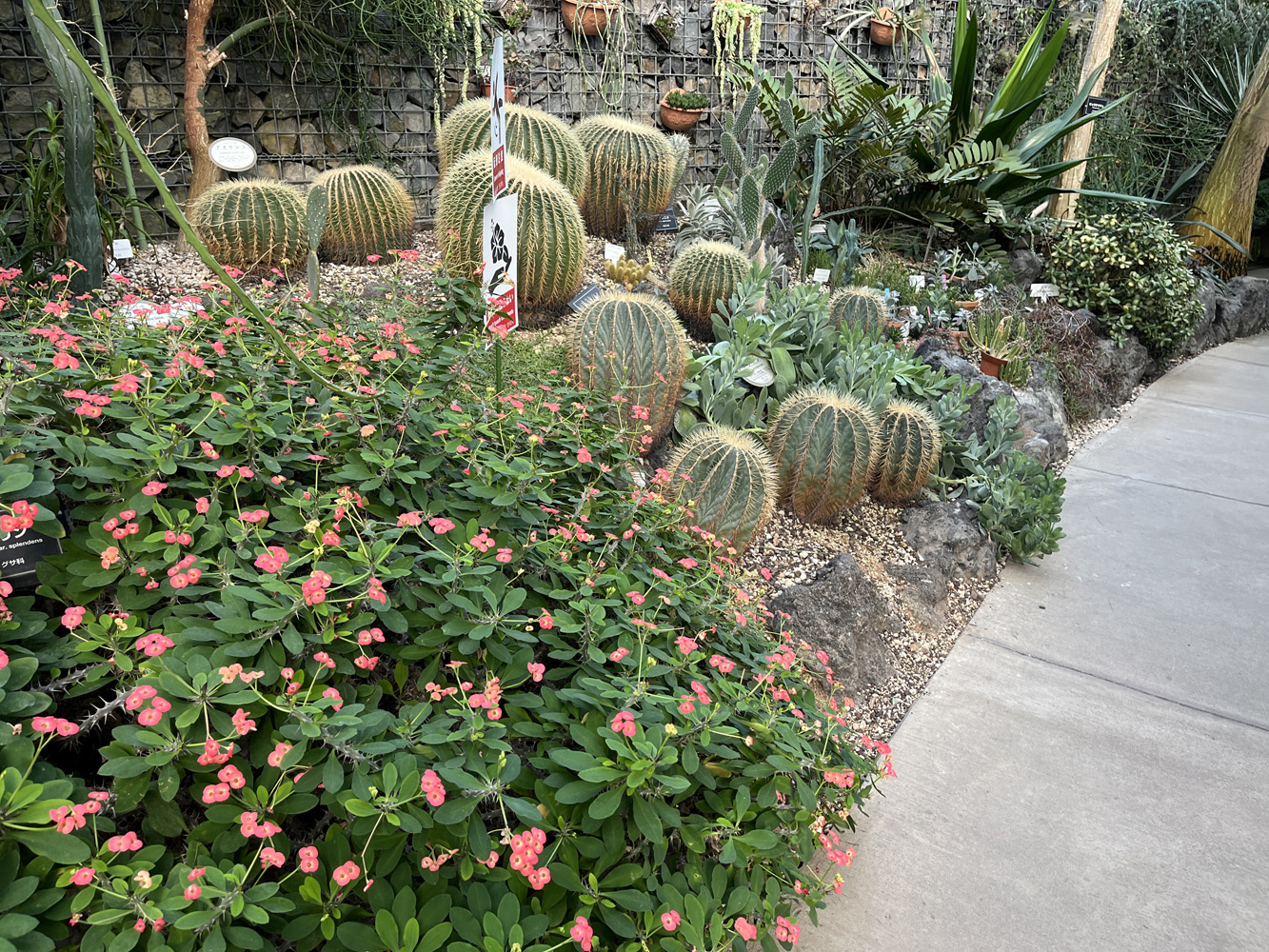
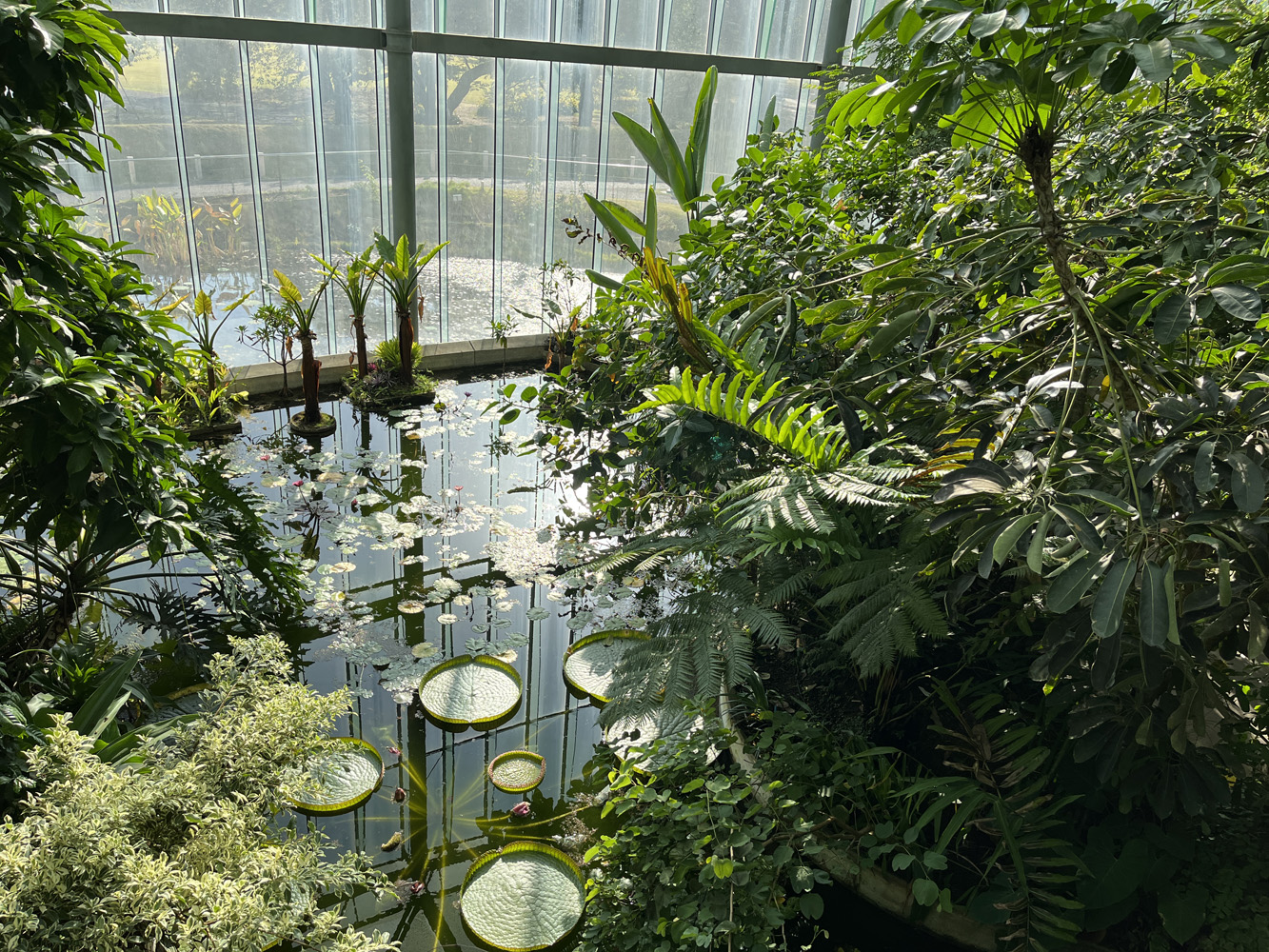
With the park garden being so large we
spend a fair few hours exploring it, also find a nice scenic spot to
eat our sandwiches we had purchased earlier. By the time we were ready
to move on it was getting onto 4:00pm, so not long before it
became dark. As our next destination was to head to another entertainment part
of downtown Tokyo which was the very famous Shibuya district having already
visited Shinjuku district the day before.
So, we headed back to Shinjuku station and hopped back on the loop line local train to Shinbuya Station.

